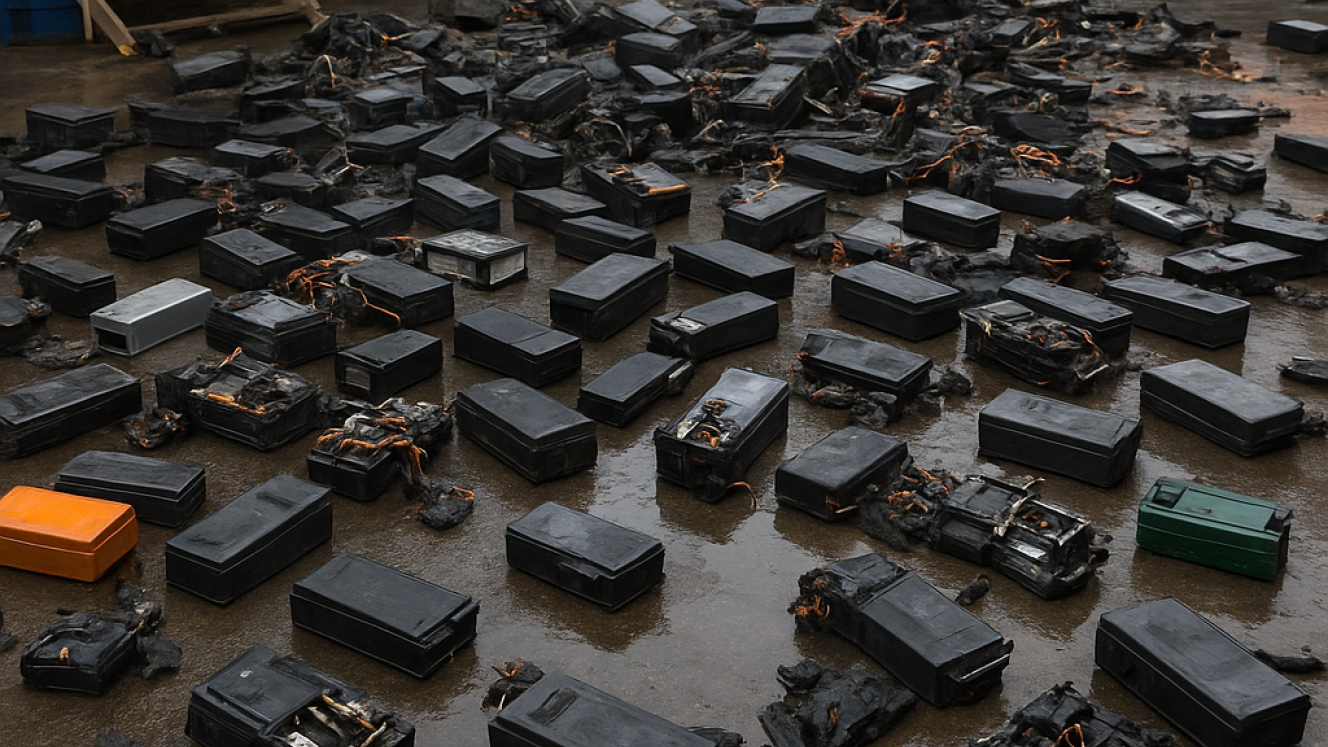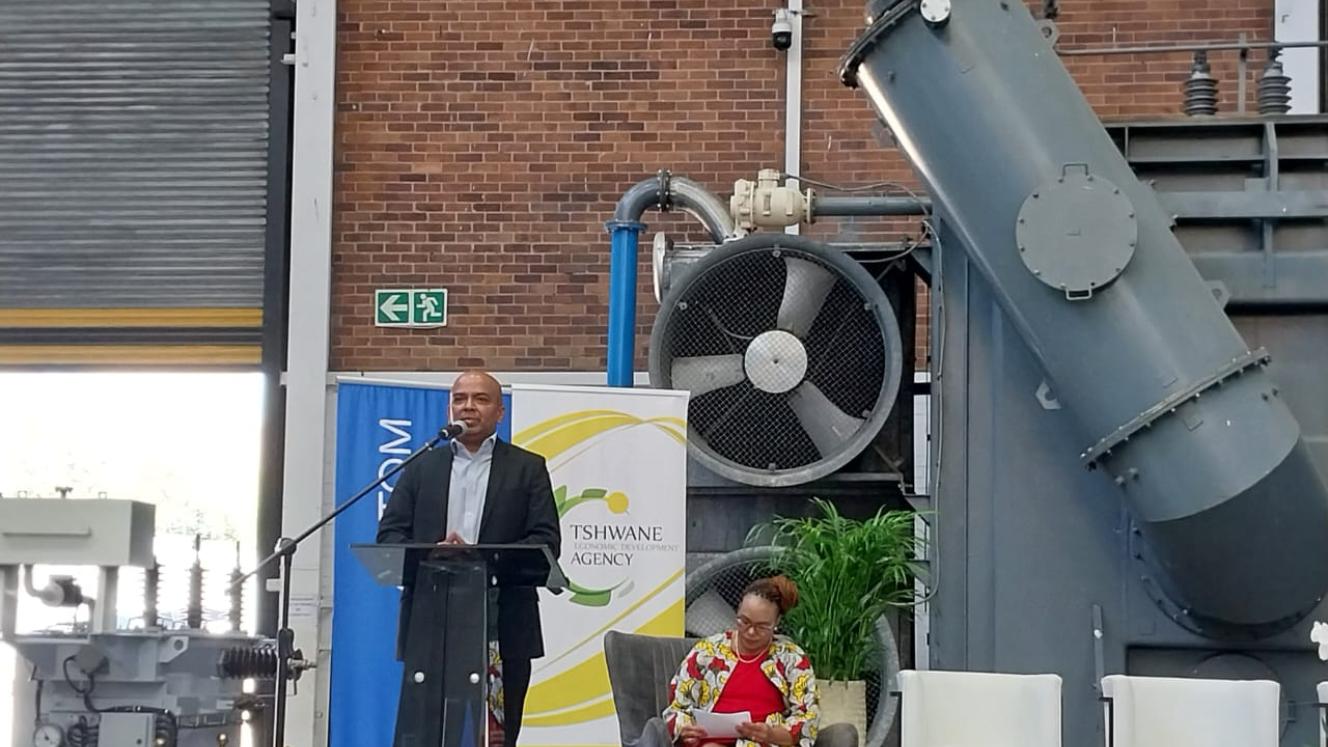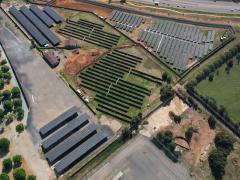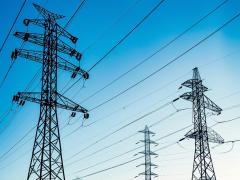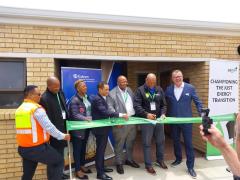South Africa installed an estimated 1,3 GWh of lithium-ion battery capacity in 2023 – equivalent to around 9 000 tons of battery materials. With national storage deployment accelerating, energy experts warn that battery waste volumes are set to surge, raising concerns about recycling readiness and regulatory enforcement.
This warning came during the African Solar Industry Association’s fifth e-conference on storage solutions on Tuesday, June 3.
Dominic Voogt from Reclite noted that South Africa must install between 3 GW and 5 GW of renewable energy annually until 2030 to meet its carbon reduction targets. As solar photovoltaic deployment accelerates, battery storage is growing in parallel – and so are the risks. “The amount of batteries that will be discarded at end of life will cause significant environmental damage,” Voogt said. Landfilling of batteries was officially banned by government in 2021.
Leandré Berwa, CTO at SLS Energy, shares this concern. He projected 83 GWh of stationary battery demand across the African continent by 2030, largely driven by mini-grid deployment. “In Rwanda alone, battery technologies already deployed will result in at least 100 tons of waste batteries reaching end of life in the near term.”
SLS Energy is piloting a circular reuse model for retired e-mobility batteries, which are typically withdrawn from service at 70% capacity. These are collected, tested and repurposed into low-cost stationary storage systems under a battery-as-a-service model that enables ongoing monitoring. “The biggest challenge is achieving uniformity across cells,” Berwa explained. “Ideally, all cells should have the same capacity but, with repurposed batteries, you can never ensure that level of uniformity.”
A further challenge is geographic imbalance. The supply of retired batteries from electric vehicles remains low in Africa, limiting the availability of feedstock for such reuse programmes.
Reclite is pursuing a different pathway with Voogt highlighting material recovery as a critical pillar of the circular economy. “With a circular economy approach, we are able to produce products that can go straight back into battery manufacturing,” he said.
Voogt outlined two main recycling routes for end-of-life batteries:
- Pyrometallurgical processing, which uses high-temperature furnaces to recover cobalt, nickel and copper – however, the process burns off graphite and cannot recover lithium, manganese or aluminium. It is also energy-intensive and emits harmful gases.
- Hydrometallurgical processing – metals are extracted into an aqueous solution. This method enables the recovery of cobalt, nickel, lithium and manganese as metal salts with graphite and aluminium recovered during pre-treatment. While more comprehensive in terms of material recovery, it still produces liquid waste that requires further treatment.
